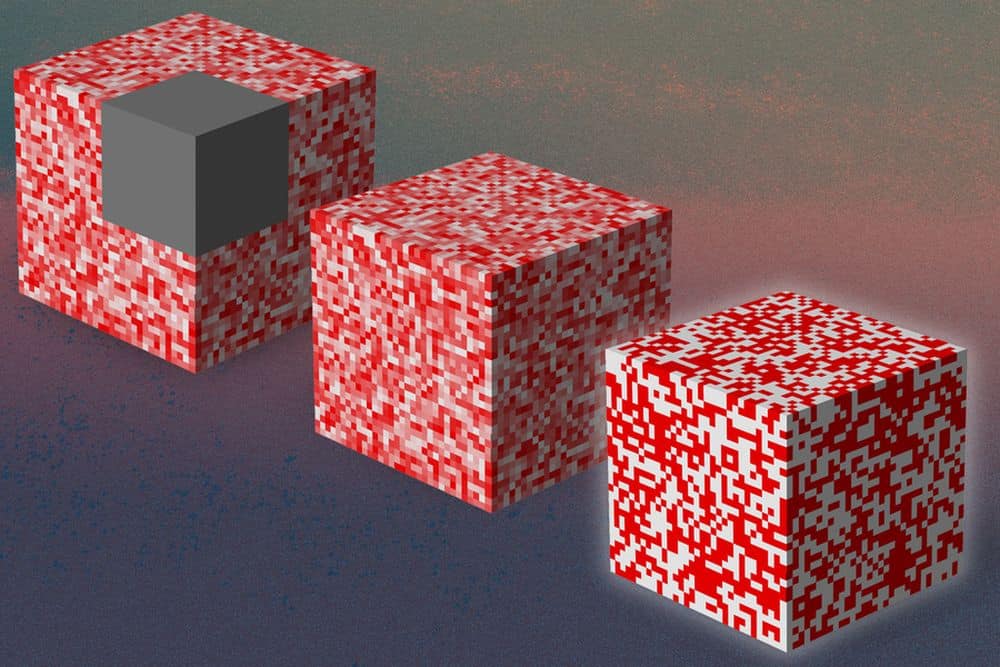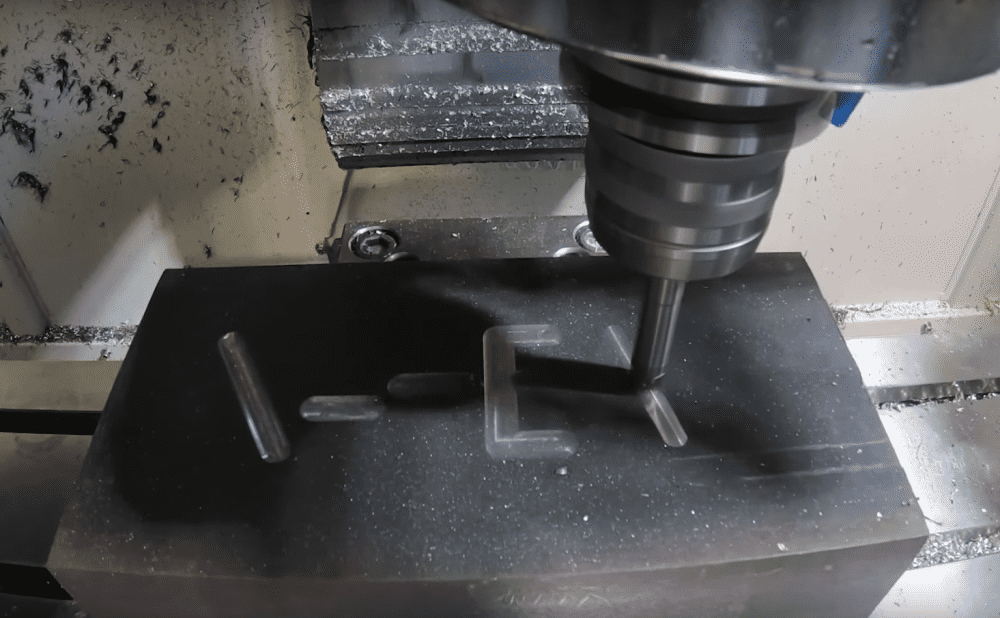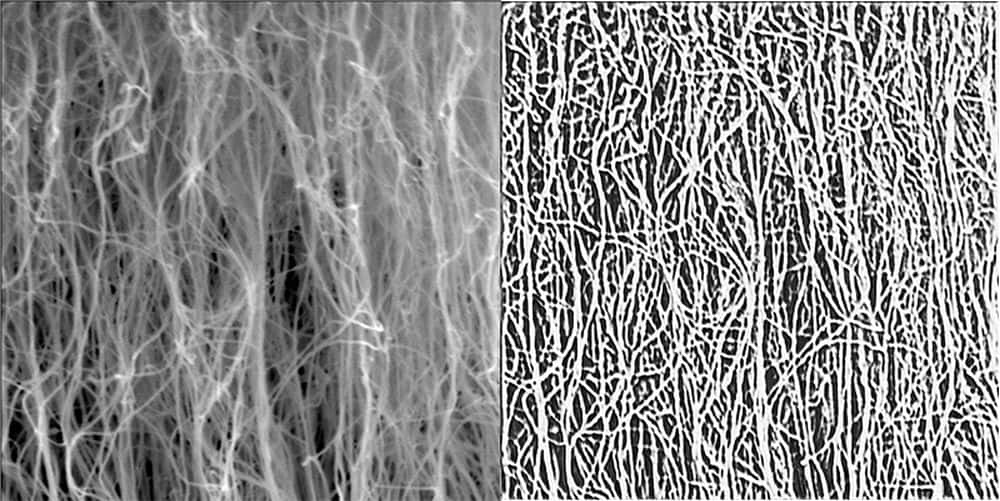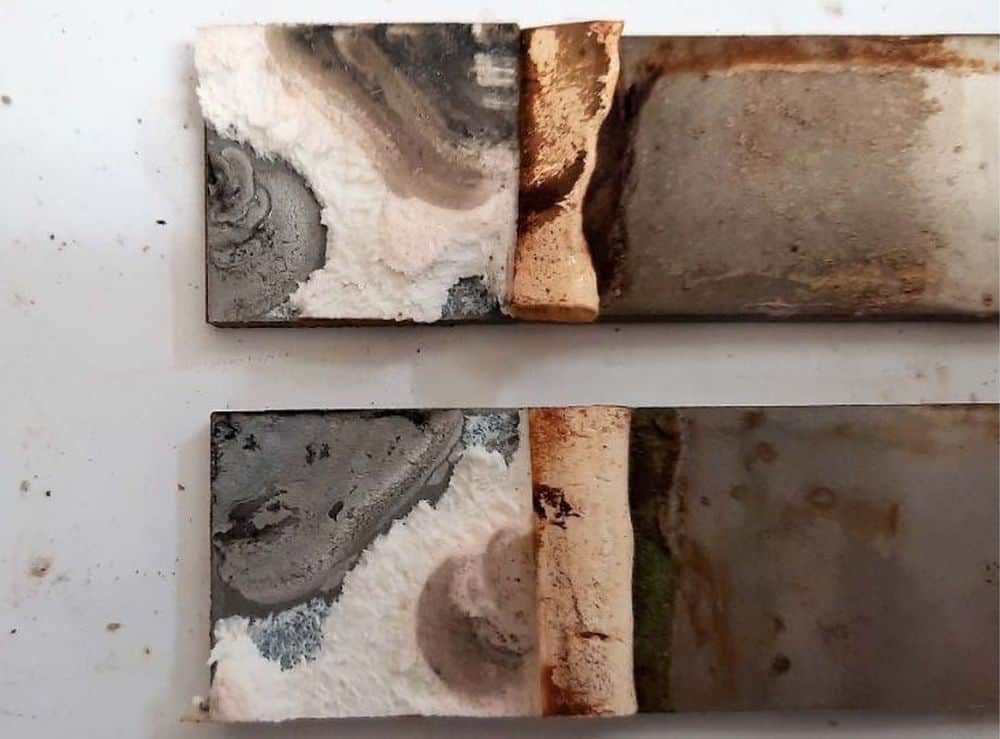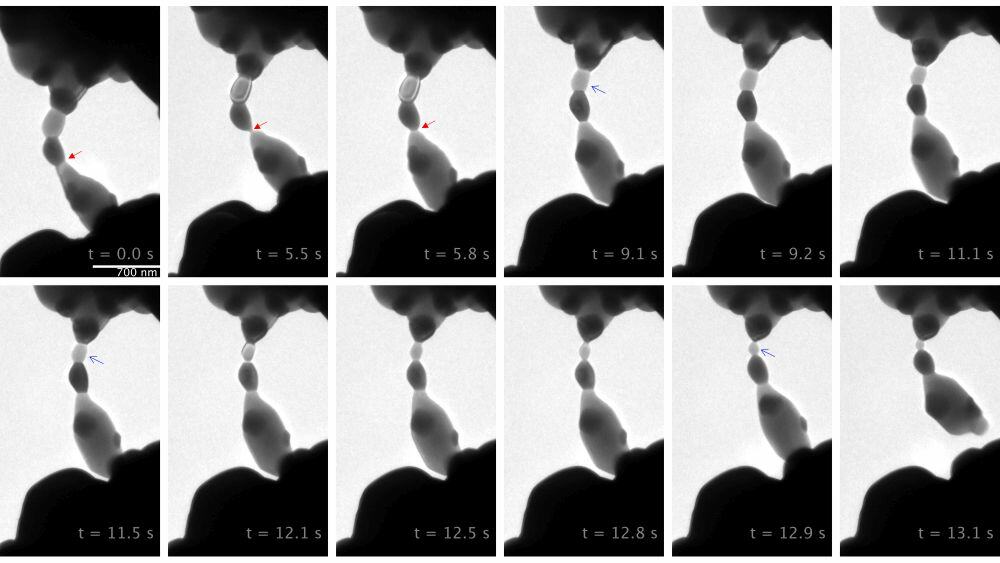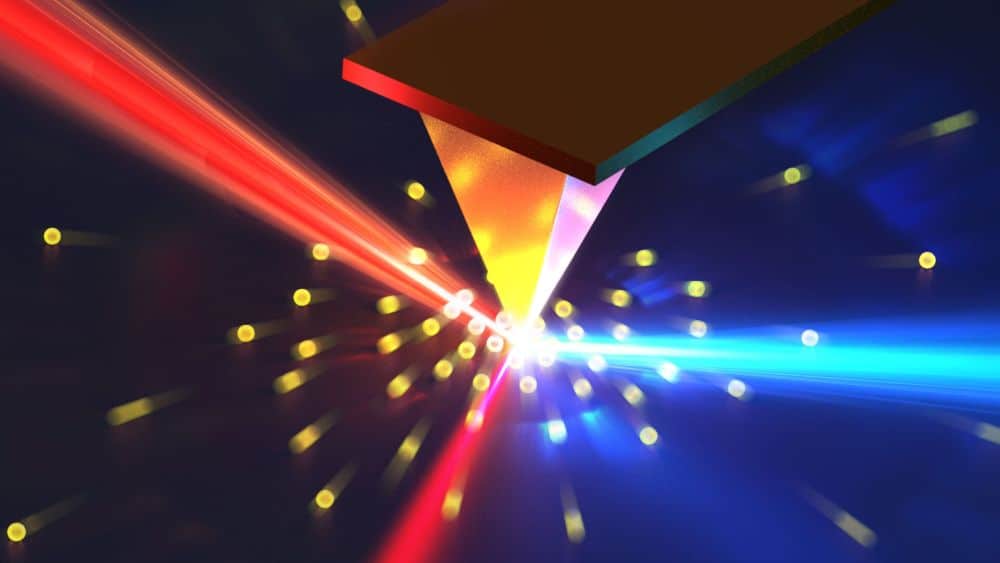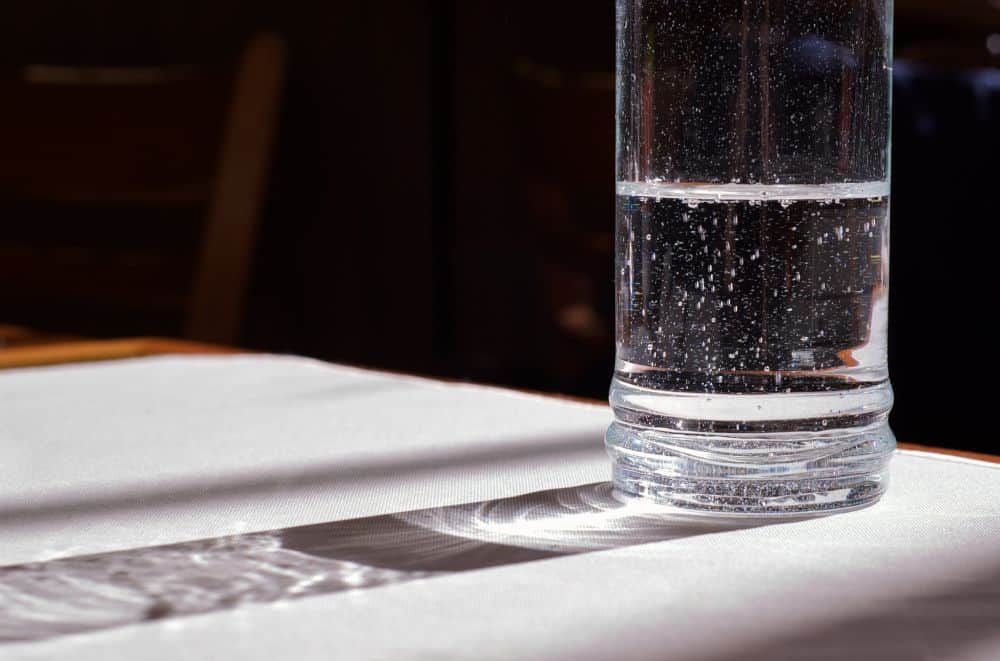Verifying the purity of ultrahigh-purity materials can be a challenge. Researchers in Italy and Norway developed a new analytical protocol based on laser ablation paired with inductively coupled plasma mass spectrometry to determine the purity of silicon carbide.
Read MoreWhat if you could predict a material’s internal microstructure based solely on its external surface characteristics? A new deep learning method developed at Massachusetts Institute of Technology provides such a capability, and all data and codes used for the study are freely available for anyone to use through GitHub.
Read MoreThe accuracy of models for predicting thermal properties of cemented carbides has been limited by dependance on unreliable conductivity data or time-consuming grain size measurements. Two researchers at a Sweden-based tooling company formulated a regression model that offers fairly accurate predictions using only reliable and readily measurable material characteristics.
Read MoreThe process by which a crystal nucleates and grows within a glass during heat treatments remains a conceptually ill-understood phenomenon. Researchers in Brazil developed a nuclear magnetic resonance strategy combined with atomistic computer simulations that allowed them to shed unprecedented light on the structural changes that take place in a glass during relaxation and crystal nucleation.
Read MoreFor researchers to improve the properties of carbon nanotubes grown en masse, they must first be able to measure and characterize how individual nanotubes are assembled within carbon nanotube “forests.” In a recent paper, researchers at the University of Missouri outlined a deep learning technique to segment these forests in scanning electron microscopy images.
Read MoreAs marine energy technologies mature, there is a risk that companies will learn the hard way that their devices will not last long in salt water. A new multiyear study provides much-needed data on the benefits and pitfalls of about 300 different specimens built from materials commonly used in marine energy devices.
Read MoreProcessing ceramics requires accurate knowledge of their thermal, chemical, and mechanical behaviors. In today’s CTT, ACerS Fellow Shen Dillon shares recent work he and collaborators in China and the United States published on new models for understanding sintering and creep behaviors in ceramics.
Read MoreTo date, efforts to study carrier dynamics in semiconductor materials have primarily focused on narrow bandgap semiconductors. Researchers at the University of California, Berkeley, propose a method that combines ultrafast nanoscale measurements and theoretical modeling to probe carrier behavior in semiconductors with wider bandgaps.
Read MoreAs the International Year of Glass nears its end, Alfred University Inamori Professor of Materials Science & Engineering S.K. Sundaram offers a new take on Bruce Lee’s famous “be like water” quote, in honor of this International Year.
Read MoreAs part of the IYoG celebrations, ACerS’ “Glass: Then and Now” series is highlighting ACerS journal articles each month that support advancement in glass science and technology. The focus this month is glass topology and artificial intelligence.
Read More
